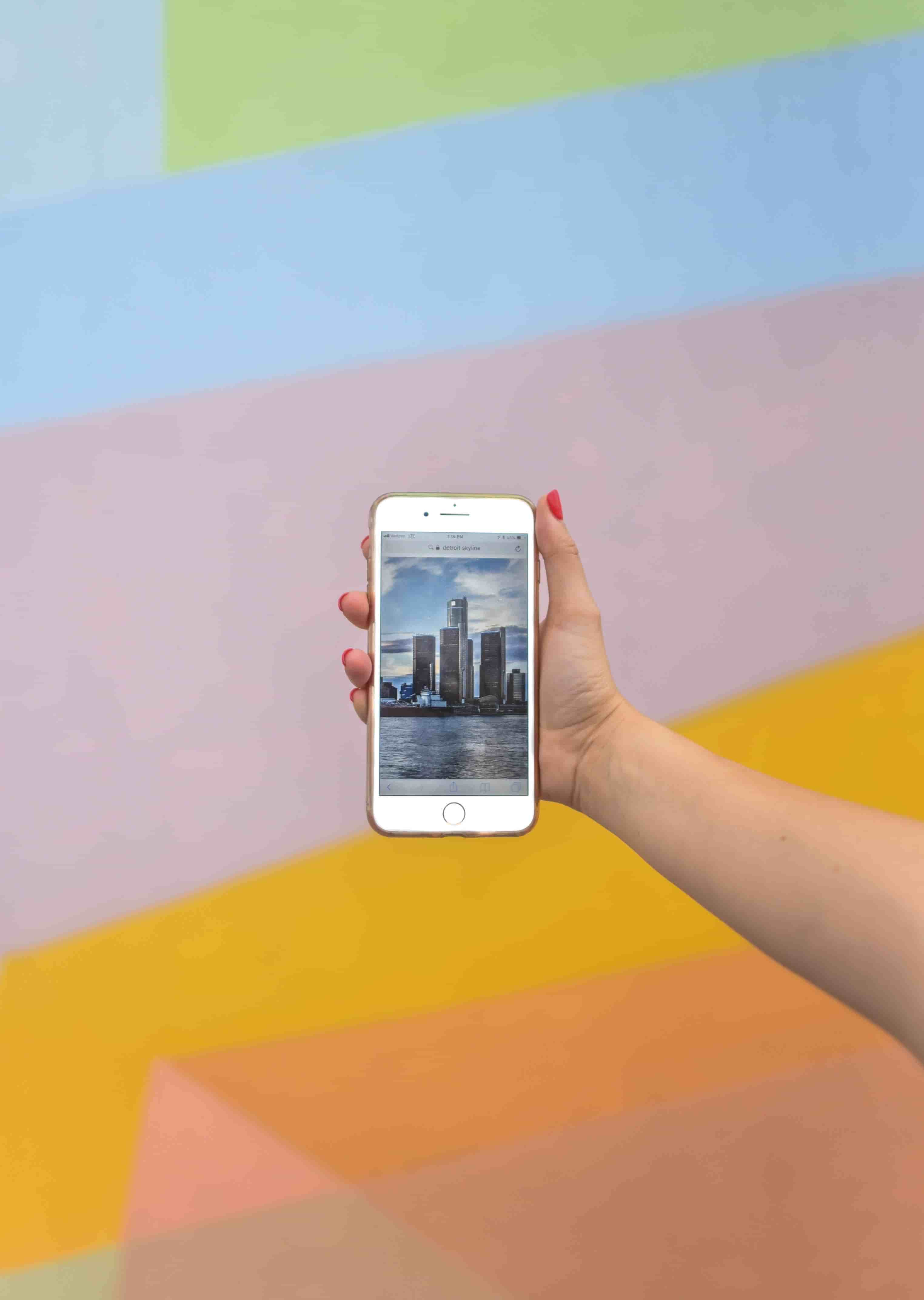But we don’t need to travel to the future to see that two of the main casualties of this whole ordeal (apart from those affected by the disease and their families) are personal freedoms, and the tourism industry.
The importance of tourism varies greatly between nations, but with air travel becoming cheaper and more available to the middle classes during the late 20th Century, many countries are heavily invested in the industry up to the point that some of the almost completely depend on it. It goes without saying, but these countries have been dealt a massive blow to their economies since the start of the COVID pandemic, and they are looking at creative solutions to keep afloat until this whole situation blows over.
One of the ideas gaining traction is that of Virtual Tourism. The premise is rather simple really; to offer a whole interactive experience through the main highlights of the country without the travel restrictions sabotaging the trip, for a fraction of the cost, and from the comfort of our home.
Of course, there is a monumentally huge issue with the whole thing, which is the lack of real life experiences, but in a world in which a significant part of the population are glued to their smartphones and have ditched real interactions for virtual ones, it begs the question if it’s really an issue at all in this day and age. It might even be a perk for some.

Although it’s not easy to brush aside the ominously dystopian feel of these virtual trips, it’s also hard to dismiss some of the advantages this format can offer, especially if virtual reality technology becomes widespread and can add an extra layer of much needed immersion to the experience.
Greatly reduced costs could prove to be one of the main drivers behind the adoption of this technology. In a world bracing for a recession that has been predicted to be one of the greatest the economy has ever seen, expecting potential tourists to splurge out thousands for a quick visit to some monument on the other side of the world could prove to be a tough sell.
A far cheaper alternative could encourage people to give it a try.
Another perk can be the opportunity to visit idealized versions of the destinations. Since the advent of mass tourism took off, it’s near impossible to find a popular tourist destination that isn’t perpetually overcrowded, overpriced, and robbed of a large part of its magic and charm. Visiting a virtual Taj Mahal in the period when it was built, surrounded by nature and under a perfect sunset could be quite an experience. Bad weather can also ruin very expensive trips, so that’s something that also gets solved.

Impossible experiences are also on the table. Seeing the awesome skyscrapers of New York City from the ground is something that takes your breath away, especially the first time, but imagine being able to fly around them in virtual reality.
Things like visiting the whole Great Wall of China in a few hours can become a reality.
A trip to Mars, or a spin around the rings of Saturn? Sure. Why not? People unable to travel due to work/family commitments, physical disability, or other types of health conditions could also benefit from this. Locations that are deemed unsafe due to unrest of conflict can also be visited. The list goes on.
However, as much as we try to approach all of this with an open mind, there is the constant and inevitable sensation that nothing of it is real. For those of us that have only experienced tourism as a tangible experience, it’s perhaps a bit too far off from what we’re used to. For comparison, just imagine telling people who had played football all their lives that a few years down the line, the kids would prefer playing it on a gaming console. It probably seemed as unbelievable, ridiculous, and pointless to them as this whole virtual tourism thing seems to us right now.
The times they are a-changin’.





